No-code Chatbot: How to Help Your E-Commerce Business Retain the Abandoned Cart
Case Studies Conversational Leadership
Apurva Sharma
Published on 28 Feb 2023Highlights

In the e-commerce industry, one of the biggest challenges faced by businesses is cart abandonment. Cart abandonment occurs when a customer adds items to their online shopping cart but leaves the website before completing the purchase. According to a study by Baymard Institute, the average cart abandonment rate is 69.57%, which means that nearly seven out of ten online shopping carts are abandoned.
Cart abandonment can be caused by a variety of factors, such as unexpected shipping costs, a complicated checkout process, or simply a change of mind by the customer. The majority of cart recovery happens within the first 24 hours after abandonment, and the chances of recovery decrease rapidly as time passes, according to a study by SaleCycle in 2021. However, businesses can take steps to reduce cart abandonment rates, such as offering free shipping, simplifying the checkout process, or using chatbots to assist customers in real time.
In this blog, we will explore how businesses can use no-code chatbots to help reduce cart abandonment rates and improve customer retention.
What is a no-code chatbot?
A no-code chatbot is a chatbot that can be created and deployed without the need for coding or programming skills. No-code chatbot platforms allow businesses to create chatbots using drag-and-drop interfaces and pre-built templates, making it easy for even non-technical users to create their own chatbots.
No-code chatbots can be used for a variety of purposes, such as customer support, lead generation, and sales. In the context of cart abandonment, no-code chatbots can be used to engage with customers who have abandoned their shopping carts and encourage them to complete their purchases.
These chatbots can be integrated with ecommerce platforms, such as Shopify, Magento, or WooCommerce, to provide personalized and automated support for customers throughout the shopping journey. No-code chatbots can help ecommerce businesses reduce cart abandonment rates, increase conversions, and improve customer satisfaction by providing real-time assistance, product recommendations, and personalized incentives.
Why is it essential to reduce cart abandonment?
Reducing cart abandonment is important for e-commerce businesses for several reasons:
- Increase in sales: Cart abandonment can lead to lost sales for e-commerce businesses. By reducing cart abandonment rates, businesses can increase their sales and revenue.
- Improved customer experience: When customers abandon their carts, it can be a frustrating experience for them. By reducing cart abandonment rates, businesses can improve their customer’s experience, which can lead to increased customer loyalty and positive word-of-mouth referrals.
- Cost-effective: Acquiring new customers can be more expensive than retaining existing ones. By reducing cart abandonment rates, businesses can retain their existing customers and save money on customer acquisition costs.
- Insights into customer behavior: Analyzing the reasons behind cart abandonment can provide businesses with valuable insights into their customers’ behavior and preferences. This information can be used to improve the customer experience, optimize the checkout process, and tailor marketing efforts to specific customer segments.
- Competitive advantage: In a crowded e-commerce marketplace, reducing cart abandonment rates can give businesses a competitive advantage. By providing a seamless and personalized checkout experience, businesses can differentiate themselves from their competitors and attract and retain customers.
Reducing cart abandonment rates is crucial for e-commerce businesses to increase sales, improve customer experience, save money, gain insights into customer behavior, and gain a competitive advantage in the marketplace.
How can a no-code chatbot help reduce cart abandonment rates?
A no-code chatbot can help reduce cart abandonment rates in several ways, including
- Real-time assistance: A no-code chatbot can provide real-time assistance to customers who are experiencing issues with the checkout process or have questions about the products they are purchasing. By offering immediate support, businesses can prevent customers from abandoning their carts due to frustration or confusion.
- Personalized recommendations: A no-code chatbot can use customer data to provide personalized product recommendations or promotional offers, which can encourage customers to complete their purchases.
Also Read: https://www.dashcx.com/blogs/making-the-most-of-a-no-code-whatsapp-bot-platform-for-sending-automated-messages-and-promotions/ - Abandoned cart recovery: A no-code chatbot can be programmed to follow up with customers who have abandoned their shopping carts, reminding them of the items they left behind and offering incentives, such as free shipping or discounts, to encourage them to complete their purchases.
- Feedback collection: A no-code chatbot can be used to collect feedback from customers who have abandoned their carts, providing businesses with insights into the reasons why customers are abandoning their carts and how they can improve their checkout process.
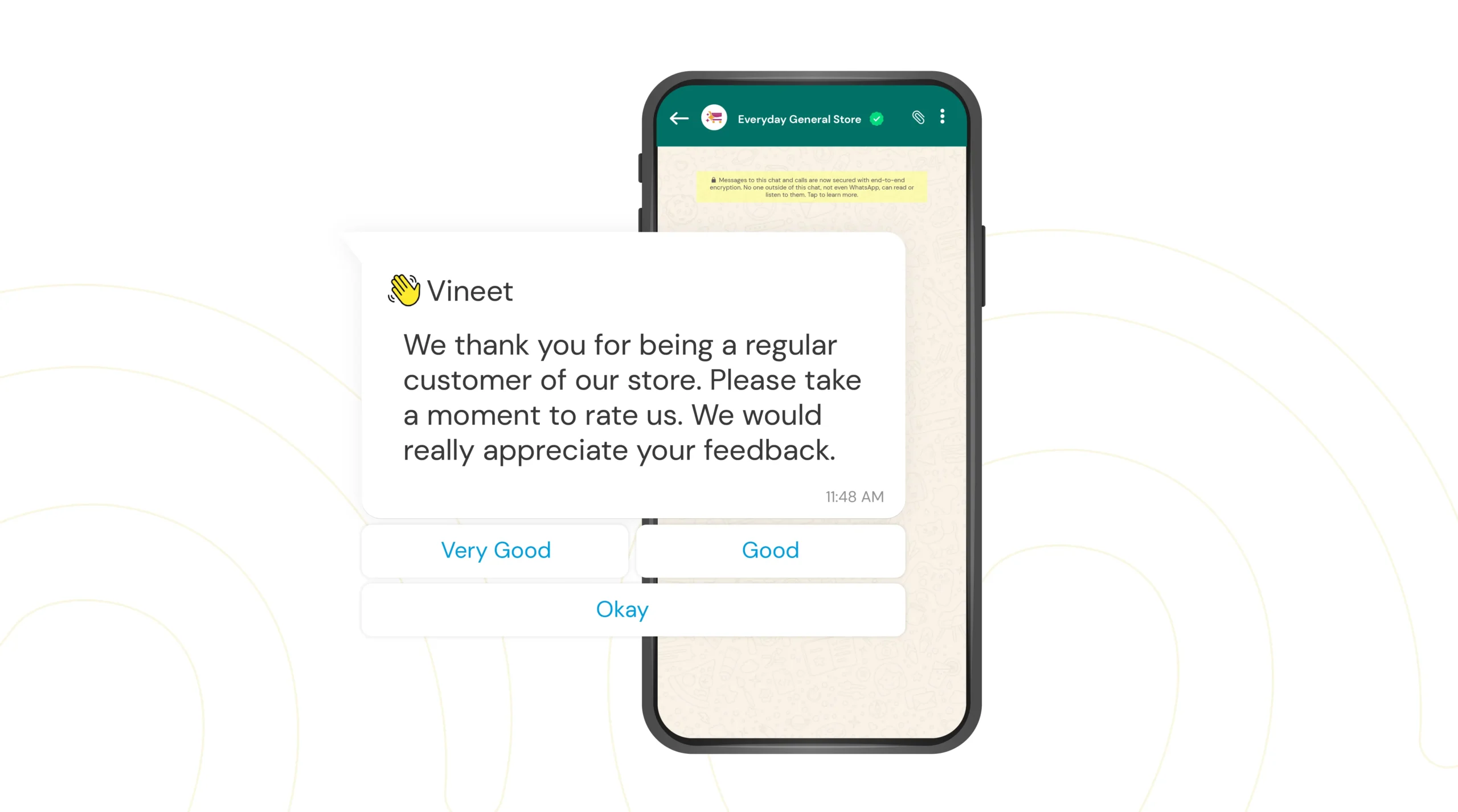
How to create a no-code chatbot for cart abandonment
Creating a no-code chatbot for cart abandonment is a straightforward process that can be done in a few simple steps. Here’s how to do it:
Step 1: Choose a no-code chatbot platform
The first step is to choose a no-code chatbot platform that meets your needs. There are several no-code chatbot platforms available, such as DashCX, Tars, Landbot, and ManyChat. Each platform has its own features and capabilities, so it’s important to choose a platform that offers the features you need to reduce cart abandonment rates.
Step 2: Define the chatbot’s purpose
Once you’ve chosen a chatbot platform, you need to define the chatbot’s purpose. In this case, the purpose is to reduce cart abandonment rates. You can do this by creating a conversation flow that guides customers through the checkout process and provides them with assistance and incentives to complete their purchases.
Step 3: Create a conversation flow
The conversation flow is the backbone of your chatbot. It’s a step-by-step guide that customers will follow as they interact with your chatbot. The conversation flow should be designed to provide value to customers, such as answering their questions or offering personalized product recommendations.
Here’s an example of a conversation flow for a cart abandonment chatbot:
- Introduction: The chatbot greets the customer and asks if they need help with their shopping cart.
- Reminder: The chatbot reminds the customer of the items in their cart and asks if they would like to complete their purchase.
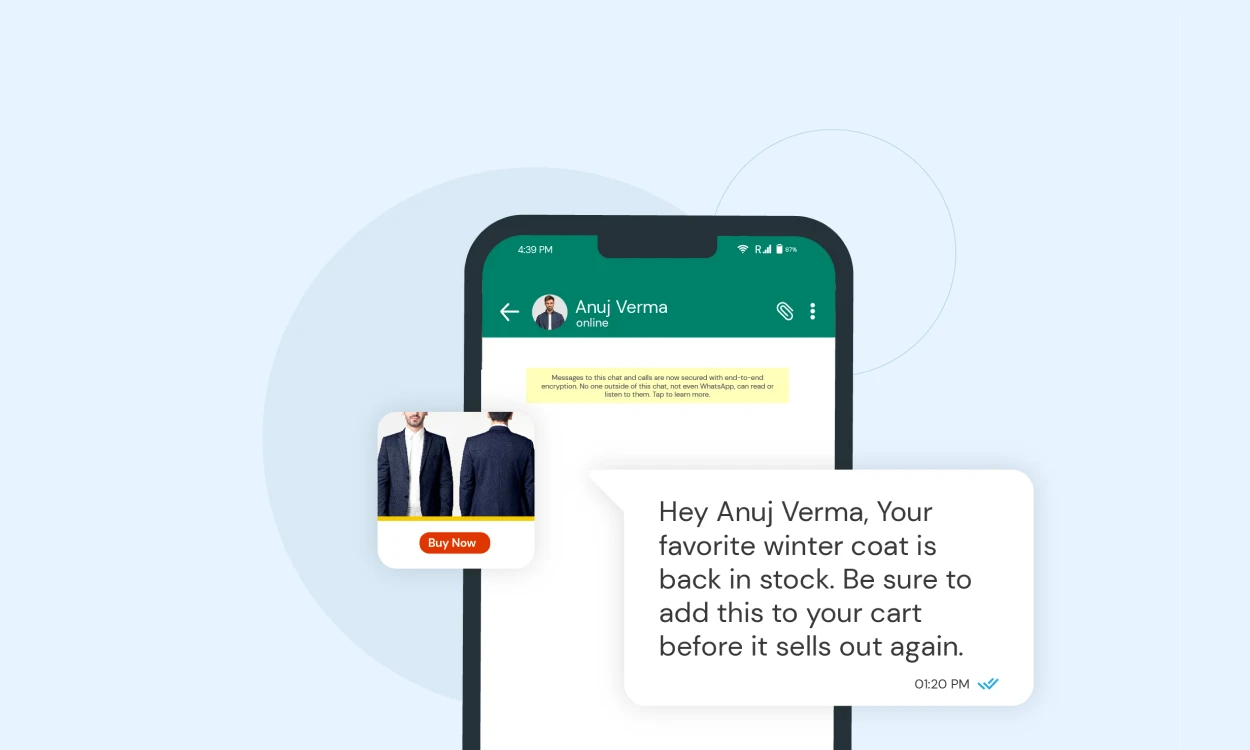
- Assistance: If the customer needs assistance with the checkout process, the chatbot can provide real-time support and guidance.
- Incentives: The chatbot can offer incentives, such as free shipping or discounts, to encourage the customer to complete their purchase.
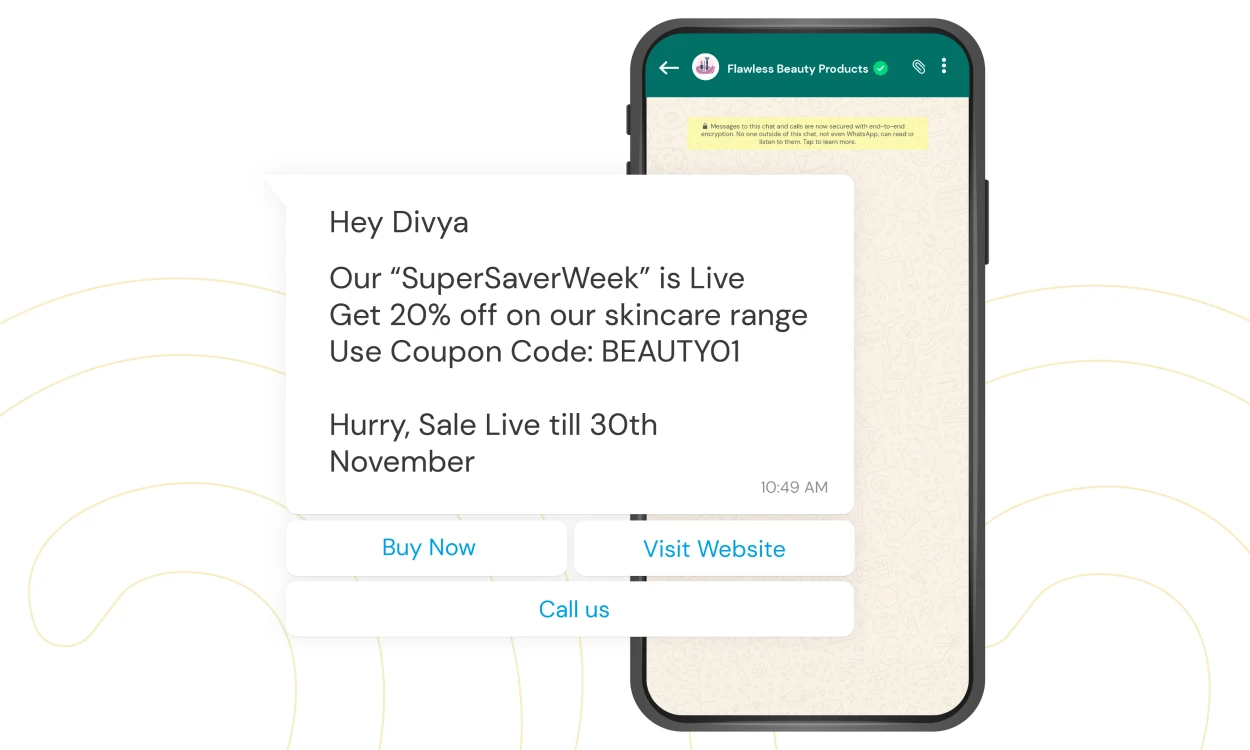
- Feedback: If the customer abandons their cart, the chatbot can ask for feedback to understand the reasons why they didn’t complete their purchase.
Step 4: Integrate the chatbot with the e-commerce platform
To make your chatbot work, you need to integrate it with your e-commerce platform. This will allow the chatbot to access customer data, such as their shopping cart and purchase history, and provide personalized recommendations or follow-up messages.
Most no-code chatbot platforms offer integrations with popular e-commerce platforms, such as Shopify, Magento, and WooCommerce. You can also use Zapier or other automation tools to create custom integrations.
Step 5: Test and optimize the chatbot
Once your chatbot is set up, it’s important to test it thoroughly to ensure that it’s working properly. You can do this by simulating different scenarios, such as adding items to your shopping cart and abandoning them, to see how the chatbot responds.
You should also monitor the chatbot’s performance over time and make adjustments as needed. For example, if you notice that customers are abandoning their carts at a particular stage of the checkout process, you can modify the conversation flow to address that issue.
Combat Shopping Cart Abandonment with DashCX’s No-Code Chatbot
DashCX is a no-code chatbot platform that can help reduce cart abandonment in several ways:
- Instant Assistance: DashCX’s chatbots provide instant assistance to customers who are experiencing issues with their checkout process. The chatbots can provide step-by-step guidance on how to complete the purchase, answer frequently asked questions, and provide personalized recommendations to encourage the customer to complete their purchase.
- Personalized Recommendations: The chatbots use customer data to provide personalized recommendations. This includes product recommendations, discounts, or incentives to complete the purchase. Personalized recommendations can make customers feel valued and increase the likelihood of them completing their purchase.
- Automated Follow-Up: DashCX’s no-code chatbots can automatically follow up with customers who have abandoned their carts. This includes sending reminders about their items, offering discounts, or providing additional information that may encourage them to complete their purchase. Automated follow-up can help businesses recover lost sales and increase customer retention.
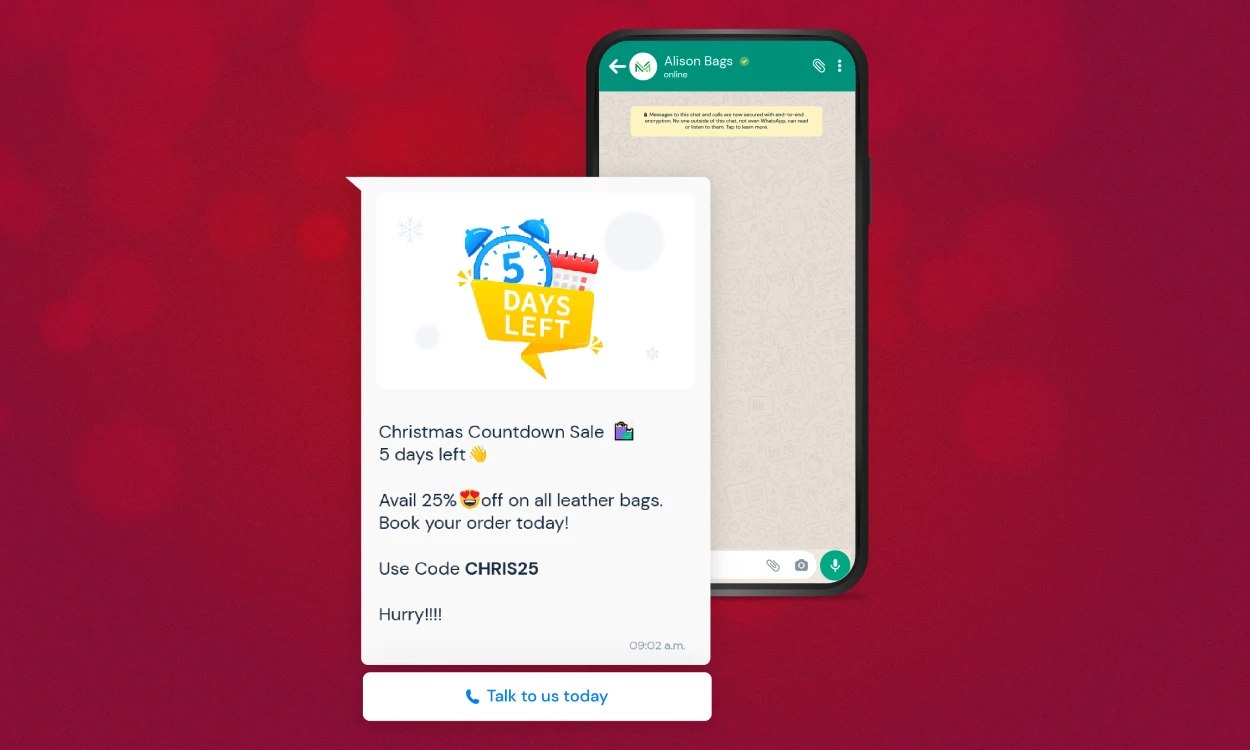
- Integration with E-commerce Platforms: DashCX’s no-code chatbots are designed to integrate seamlessly with popular e-commerce platforms, such as Shopify, WooCommerce, and Magento. This means that businesses can quickly set up and launch chatbots on their e-commerce sites without any coding knowledge.
- Analytics and Insights: DashCX’s chatbots provide valuable analytics and insights into customer behavior. This includes data on cart abandonment rates, customer feedback, and chatbot usage. This information can be used to improve the customer experience, optimize the checkout process, and tailor marketing efforts to specific customer segments.
Suggested Read: https://www.dashcx.com/blogs/how-to-use-whatsapp-business-api-for-tracking-customer-interactions-and-analytics/
Build automated chat journeys for your customers with Chatbots
Automated chat journeys with chatbots can provide a seamless and personalized experience for customers while reducing the workload of customer support teams. Here are some examples of automated chat journeys with chatbots:
- Browsing stage: When a customer enters the website or app, the chatbot can greet them and ask if they need any help. If the customer is unsure about what they are looking for, the chatbot can suggest popular products or categories based on their previous browsing history or search queries. The chatbot can also answer common questions about shipping, returns, and payment methods.
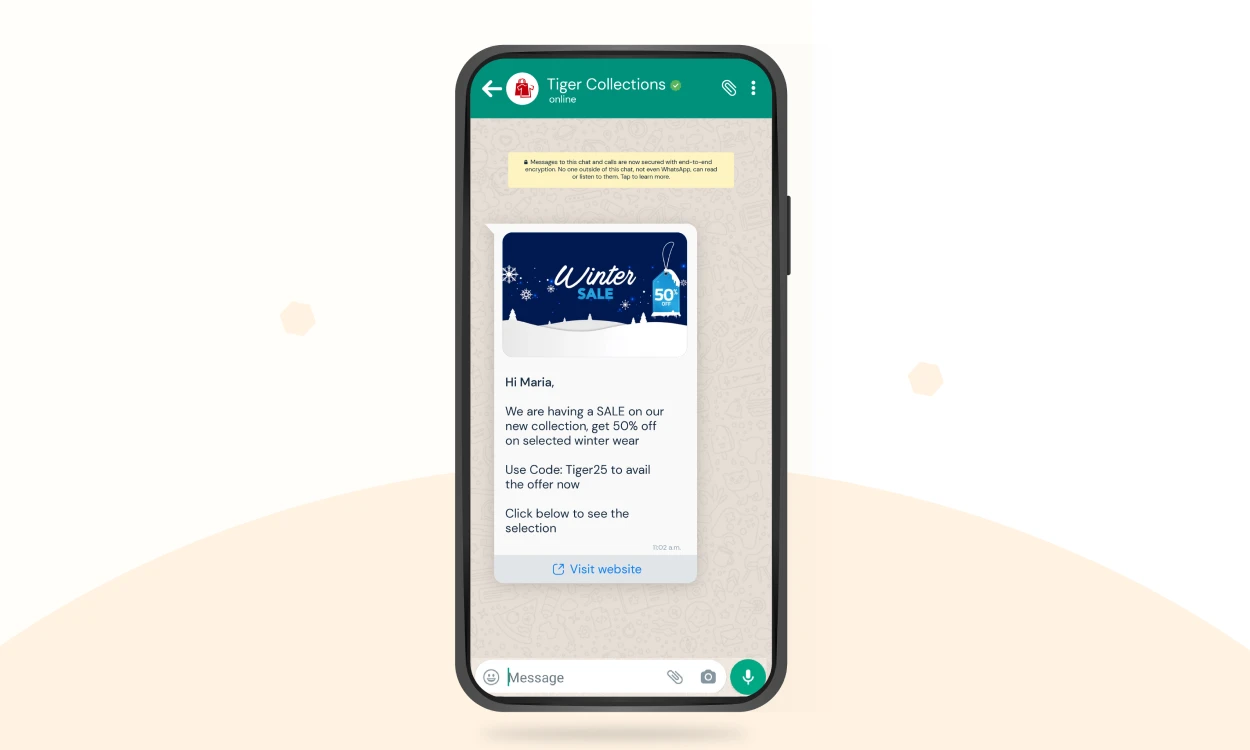
- Cart abandonment stage: If a customer adds items to their cart but does not complete the purchase, the chatbot can send a reminder message with a personalized discount code or offer to assist with the checkout process. The chatbot can also suggest complementary products or provide additional information about the items in the cart.
- Checkout stage: Once the customer proceeds to the checkout page, the chatbot can offer assistance with entering shipping and payment information, applying discount codes, and selecting shipping options. The chatbot can also answer questions about delivery times and tracking information.
- Post-purchase stage: After the purchase is completed, the chatbot can send a confirmation message with the order details and estimated delivery time. The chatbot can also offer suggestions for related products or invite the customer to leave a review.
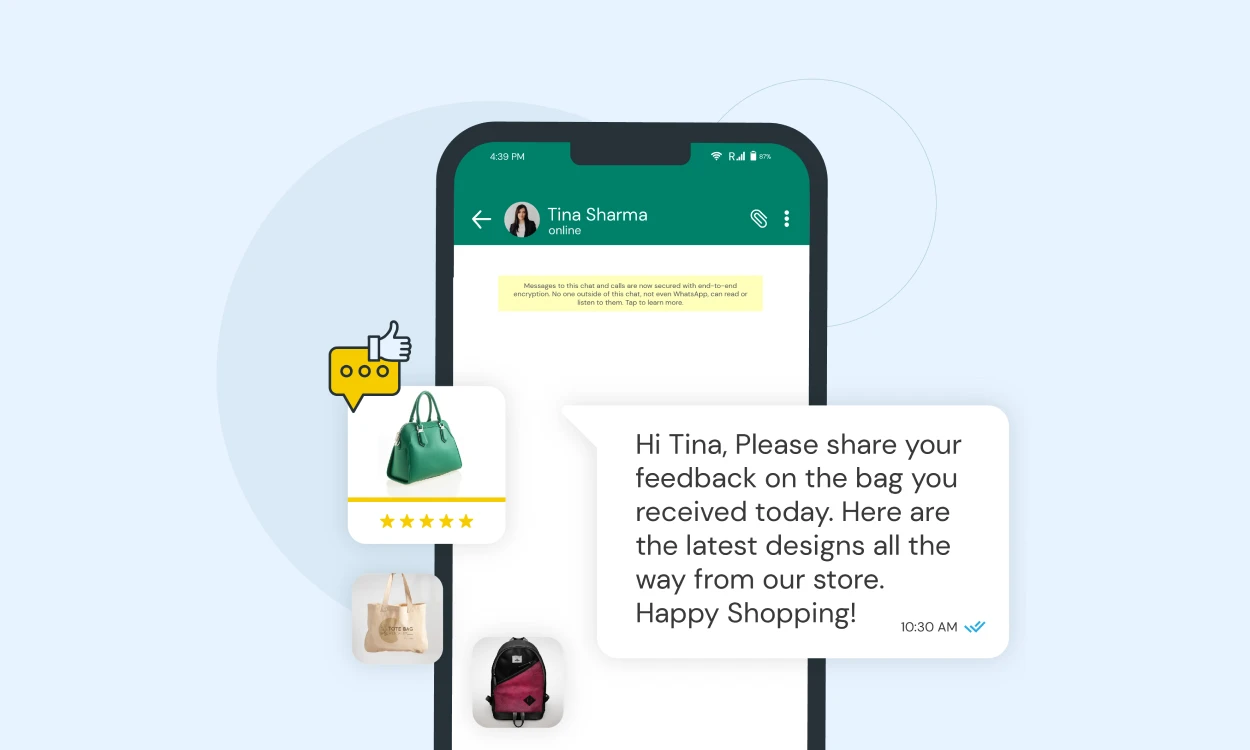
- Customer service stage: If the customer has any questions or issues related to their order, they can reach out to the chatbot for assistance. The chatbot can provide information about returns and exchanges, track orders, and escalate complex issues to a human customer support representative.
By automating these chat journeys with chatbots, businesses can provide a faster and more personalized experience for their customers while reducing the workload of their customer support teams.
DashCX’s no-code chatbots can help reduce cart abandonment by providing instant assistance, personalized recommendations, automated follow-up, seamless integration with e-commerce platforms, and valuable analytics and insights. By implementing a chatbot solution from DashCX, e-commerce businesses can improve their customer experience, increase sales, and gain a competitive advantage in the marketplace.
The Final Thoughts
Creating a no-code chatbot for cart abandonment is an effective way to reduce cart abandonment rates and improve customer retention. By providing real-time assistance, personalized recommendations, and incentives to complete their purchase, businesses can encourage customers to complete their transactions and increase their sales. With the right no-code chatbot platform and a well-designed conversation flow, businesses can create a powerful tool for reducing cart abandonment and improving their bottom line.
With instant assistance, personalized recommendations, automated follow-up, seamless integration with e-commerce platforms, and valuable analytics and insights, businesses can recover lost sales, increase customer retention, and gain a competitive advantage in the marketplace. By leveraging the benefits of DashCX’s no-code chatbots, e-commerce businesses can increase their sales, improve their customer experience, save money, gain insights into customer behavior, and gain a competitive advantage in the marketplace. With the power of chatbots, businesses can overcome the challenges of cart abandonment and take their e-commerce success to new heights. Get DashCX now to reduce your cart abandonment rate!
Make your WhatsApp conversations faster, automatic, and more effective with your team.
Recent Blogs

25-08-2023
Streamlining Bulk Messaging: A Guide to Utilizing WhatsApp Cloud API & DashCX in South Africa

25-08-2023
Unified Messaging Made Easy: Utilizing WhatsApp Cloud API & DashCX Mobile App for Seamless Communication in South Africa

25-08-2023
Elevating Business Growth: Harnessing the Potential of WhatsApp Cloud API with DashCX for South African Entrepreneurs
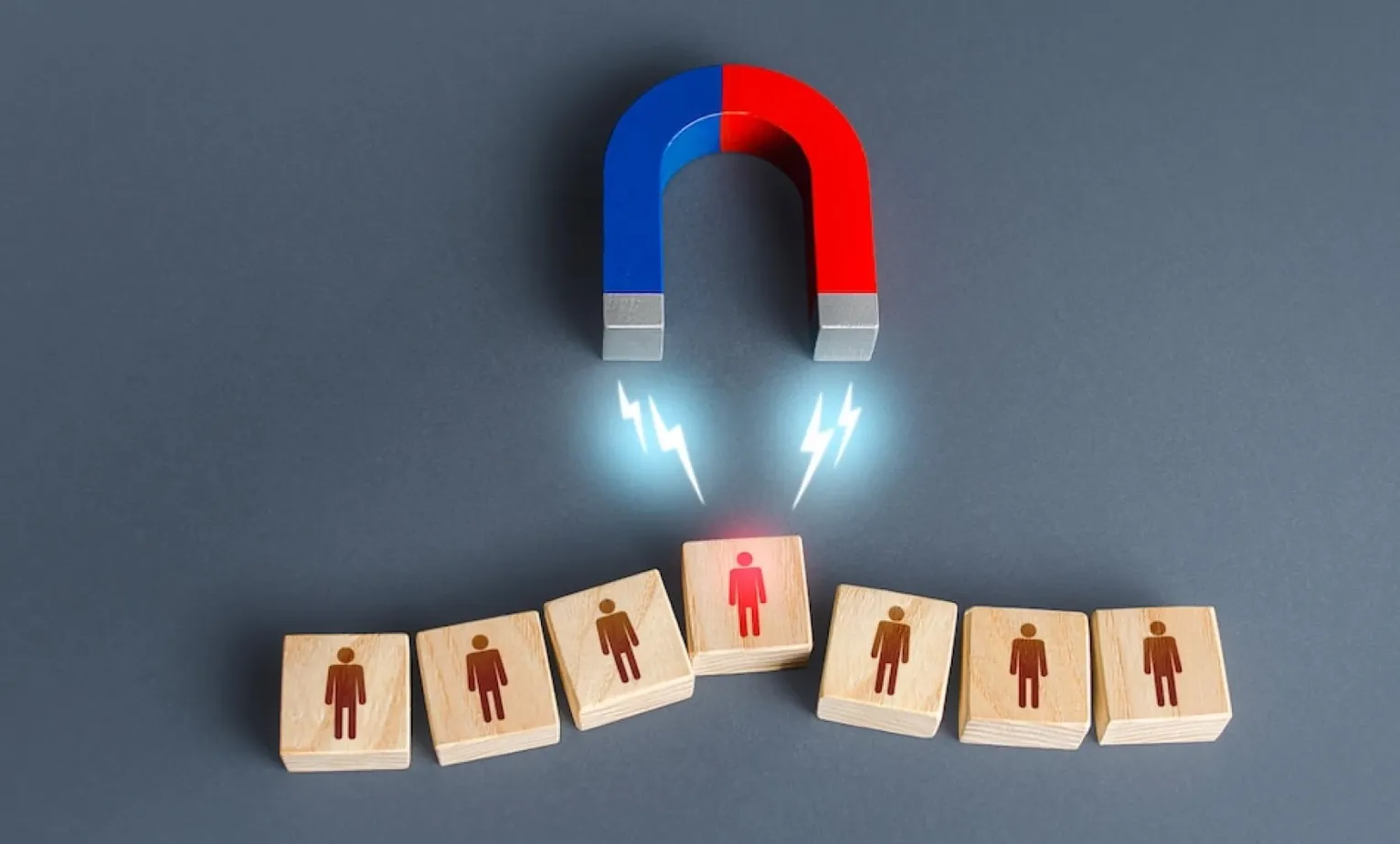
30-03-2023
How to Create an Effective Lead Generation Campaign on WhatsApp
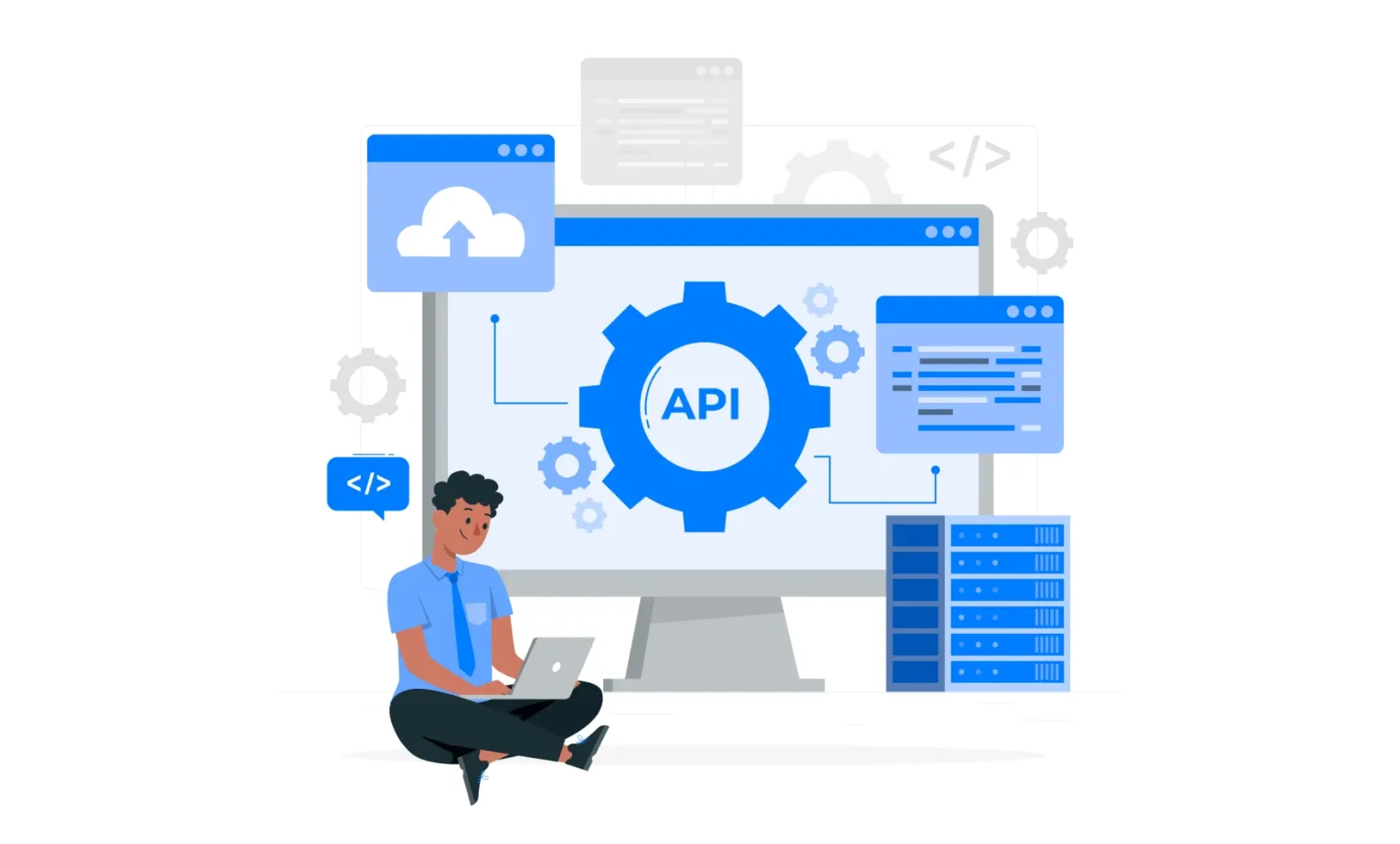
28-03-2023
What are the best WhatsApp Business API Providers? Find Out Now!

22-03-2023
How Stock broker companies use WhatsApp API to give insights into the portfolio to their ‘Customers’
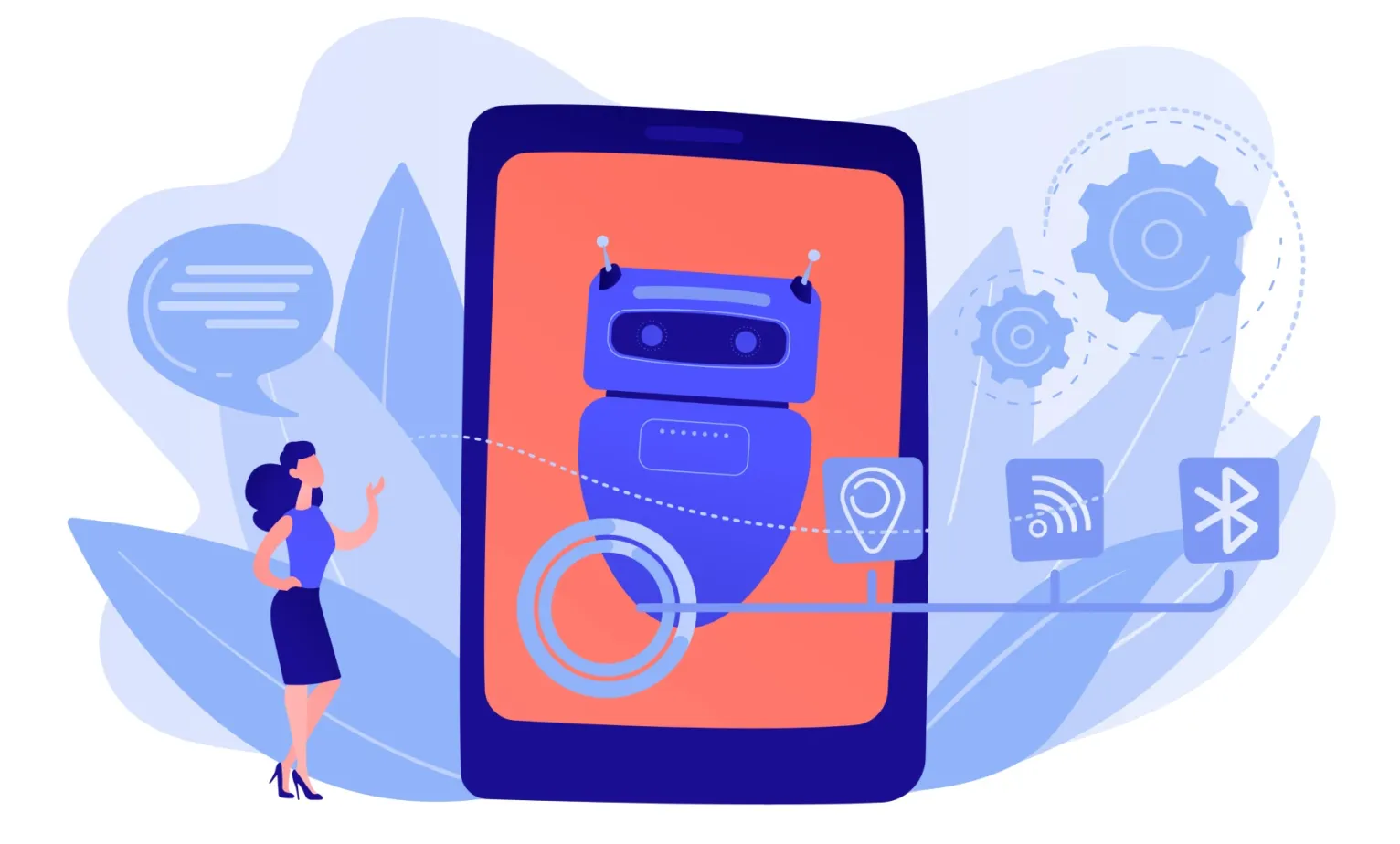
19-03-2023
Impact of Automation in WhatsApp API Across Industries: A Closer Look

13-03-2023
How can the manufacturing sector leverage automation in WhatsApp Business API to help achieve their business goals

10-03-2023